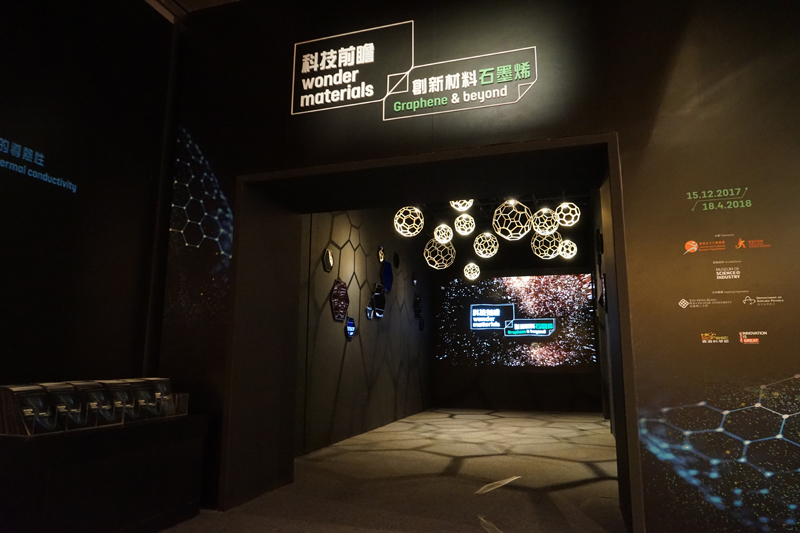Introduction
What is invisible to the human eye, thinner than a human hair and 200 times tougher than steel? Graphene. Graphene is a planar form of carbon with unique and exceptional properties: it is super lightweight, highly conductive and ultra-strong. It is the world's first two-dimensional material isolated from graphite. The breakthrough was led by Professor Andre Geim and Professor Konstantin Novoselov at the University of Manchester in 2004. Their pioneering work on graphene led to their being awarded the Nobel Prize in Physics in 2010. This wonder material could revolutionise electronics, medicine, energy and desalination, as well as a wide range of industries.
The exhibition takes you on a scientific journey of discovery through the past and present, and into the imagined future of graphene. It features over 100 objects and atomic models from scientists, collections of the Natural History Museum and London Science Museum, and interactive exhibits and video programmes. You can discover the curious method that led to the isolation of graphene for the first time, learn more about the unique properties of graphene and cutting edge research projects, and encounter both pioneering products incorporating graphene that are currently on the market and potential applications of graphene.

Presented by the Leisure and Cultural Services Department
Organised by the Hong Kong Science Museum
An exhibition created by the Museum of Science and Industry, Manchester
Supporting Organisation: Department of Applied Physics of the Hong Kong Polytechnic University






